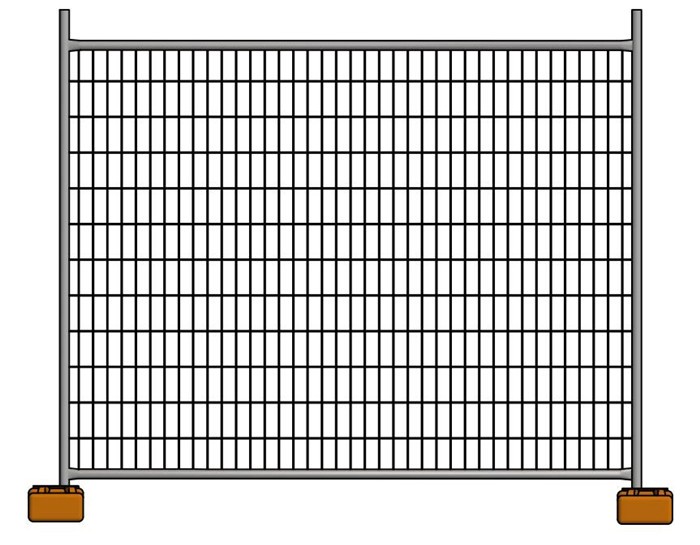indigo dye chemistry manufacturers
The Chemistry and Manufacturing of Indigo Dye
Indigo dye is renowned for its deep blue color and has been used for centuries in textiles. Its journey from plant to fabric showcases a fascinating interplay between chemistry and craftsmanship. Today, various manufacturers are involved in the production of indigo dye, utilizing both traditional and modern methods to meet global demand.
Historical Background of Indigo Dye
Indigo dyeing has ancient roots, with evidence dating back to over 6,000 years in different cultures, including those in Egypt, India, and China. Traditionally, indigo was derived from the leaves of the indigo plant, particularly Indigofera tinctoria. The leaves undergo a fermentation process to extract the dye, resulting in a complex chemical transformation. The primary compound extracted is indigo, a pigment that has a unique ability to bind tightly to fibers, making it ideal for textiles.
The Chemistry of Indigo Dye
From a chemical standpoint, indigo is classified as an organic dye with the formula C₁₆H₁₀N₂O₂. It is an indole derivative, a compound characterized by a bicyclic structure consisting of a six-membered benzene ring fused to a five-membered nitrogen-containing ring. The blue hue of indigo arises from its ability to absorb light in specific wavelengths, owing to its conjugated double-bond system.
The dyeing process involves two significant steps reduction and oxidation. Initially, indigo must be reduced to a water-soluble form, known as leucoindigo. This is achieved by treating indigo with reducing agents, such as sodium dithionite or glucose, in a highly alkaline environment. The leucoindigo can now penetrate the fibers of the textiles during the dyeing process. Once the dyeing is complete, exposure to air oxidizes the leucoindigo back into its insoluble indigo form, resulting in the rich blue color for which it is famed.
Modern Production Methods
indigo dye chemistry manufacturers

With advancements in chemical engineering, modern manufacturers have developed various synthetic processes for indigo production, notably to reduce the reliance on natural sources and improve yield. One common method involves the two-step synthesis from aniline, a compound derived from benzene. The process begins by forming indole, which is then oxidized to create indigo.
Manufacturers strive to optimize production processes to make dyeing more efficient and environmentally friendly. Innovations in bioprocessing and enzymatic reductions have paved the path toward sustainable operations. These methods not only reduce chemical waste but also minimize energy consumption—leading to a more eco-conscious manufacturing profile.
The Global Market for Indigo
The demand for indigo dye has surged, largely due to the rise in denim manufacturing and various fashion trends. Major clothing brands have also begun to prioritize sustainability, prompting a shift towards eco-friendly dyeing processes, including the use of natural indigo and organic farming practices.
Although synthetic indigo remains the predominant form produced, interest in natural indigo is experiencing a renaissance. Artisanal manufacturers and local dyers are exploring traditional techniques, which can offer unique color variations and ethical production values. This resurgence reflects a broader consumer movement toward sustainability and organic products.
Conclusion
The chemistry and manufacturing of indigo dye exemplify a rich tapestry of history, science, and artistry. As manufacturers navigate the complexities of modern supply chains and address environmental impacts, indigo continues to hold an esteemed position in the textile industry. With innovations in synthetic production and a renewed interest in natural dyes, the future of indigo dye is poised to merge tradition with modernity, appealing to both the eco-conscious consumer and the fashion-forward market alike.
As the world progresses, the balance between the art of dyeing and the science behind it will increasingly dictate the patterns and strategies of the indigo dye industry. From its ancient roots to contemporary applications, indigo will undoubtedly continue to inspire and captivate, solidifying its legacy as one of the most significant dyes in human history.
-
The Timeless Art of Denim Indigo Dye
NewsJul.01,2025
-
The Rise of Sulfur Dyed Denim
NewsJul.01,2025
-
The Rich Revival of the Best Indigo Dye
NewsJul.01,2025
-
The Enduring Strength of Sulphur Black
NewsJul.01,2025
-
The Ancient Art of Chinese Indigo Dye
NewsJul.01,2025
-
Industry Power of Indigo
NewsJul.01,2025
-
Black Sulfur is Leading the Next Wave
NewsJul.01,2025

Sulphur Black
1.Name: sulphur black; Sulfur Black; Sulphur Black 1;
2.Structure formula:
3.Molecule formula: C6H4N2O5
4.CAS No.: 1326-82-5
5.HS code: 32041911
6.Product specification:Appearance:black phosphorus flakes; black liquid

Bromo Indigo; Vat Bromo-Indigo; C.I.Vat Blue 5
1.Name: Bromo indigo; Vat bromo-indigo; C.I.Vat blue 5;
2.Structure formula:
3.Molecule formula: C16H6Br4N2O2
4.CAS No.: 2475-31-2
5.HS code: 3204151000 6.Major usage and instruction: Be mainly used to dye cotton fabrics.

Indigo Blue Vat Blue
1.Name: indigo blue,vat blue 1,
2.Structure formula:
3.Molecule formula: C16H10N2O2
4.. CAS No.: 482-89-3
5.Molecule weight: 262.62
6.HS code: 3204151000
7.Major usage and instruction: Be mainly used to dye cotton fabrics.

